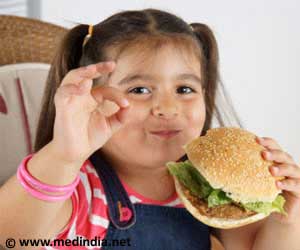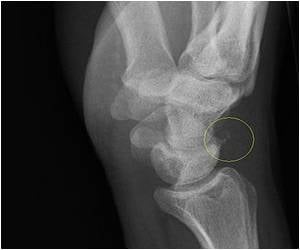Here we have the MOG Approach to Taste Evaluation
Here we have the MOG Approach to Taste Evaluation
Taste quality measurement is achieved through the experimental paradigm of operant taste discrimination. Rats are trained to press two levers for a food pellet reward after they have tasted solutions presented to them in a 96-well plate. To receive the reward, the rats must press the right lever if the solution is a standard (for example, a sweet sugar solution) and the left lever if the solution presented has any other taste. By comparing the percentage of the presses on the right (standard) lever, the degree of similarity between a novel taste stimulus and the taste standard can be quantified.
Palatability of the solutions in the 96-well plate is determined by counting the number of times the rat's tongue enters the well. The path of a laser beam projected across the top of the well is disrupted by the tongue when the rat licks from the well, and each disruption is counted as a lick. In contrast to other assays for palatability, the rate of licking in the MOG system has been shown to be largely independent of motivational factors like thirst or hunger, and therefore is close to being a pure indication of the hedonic value of the taste stimulus.
Source-Eurekalert










